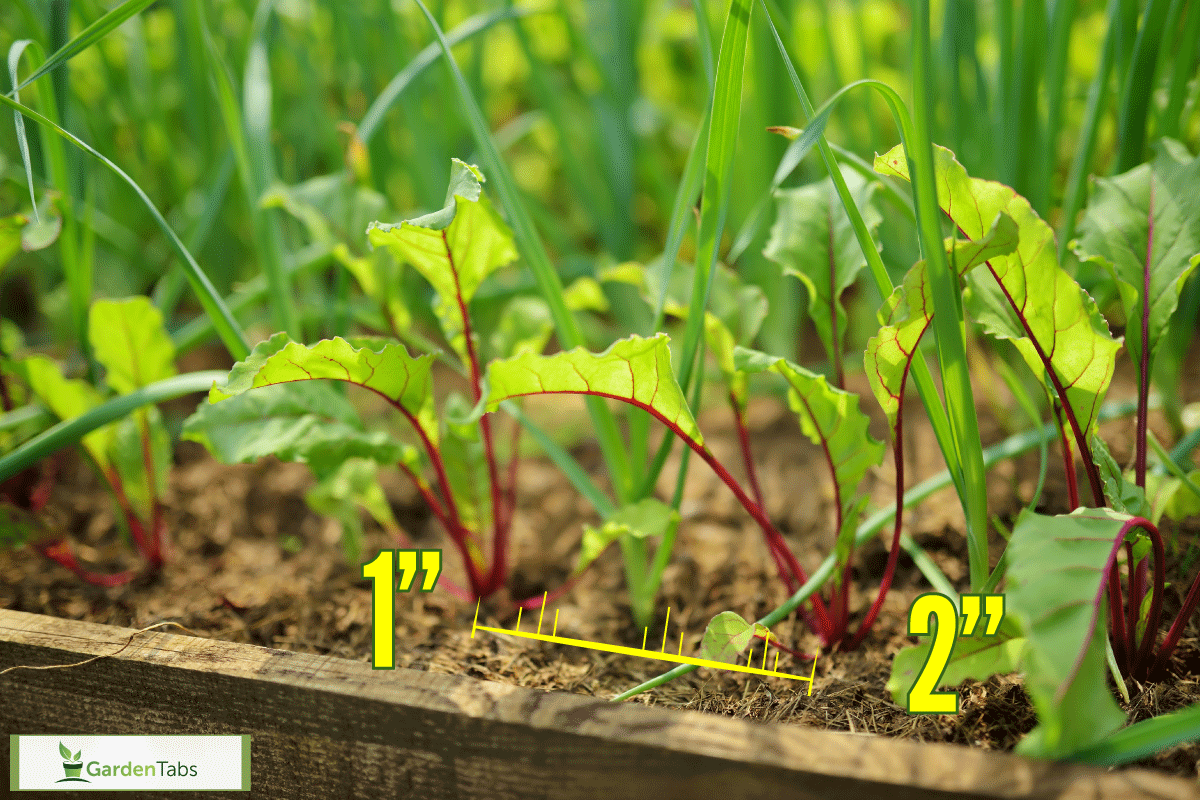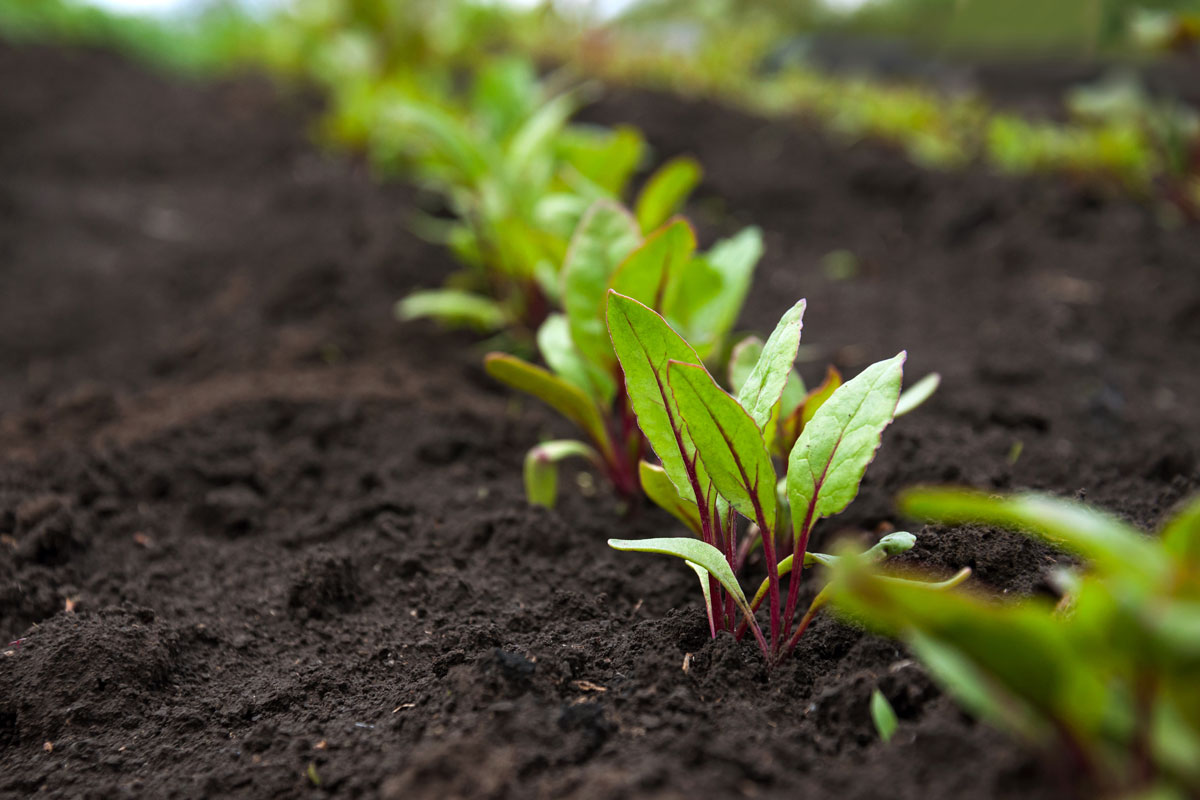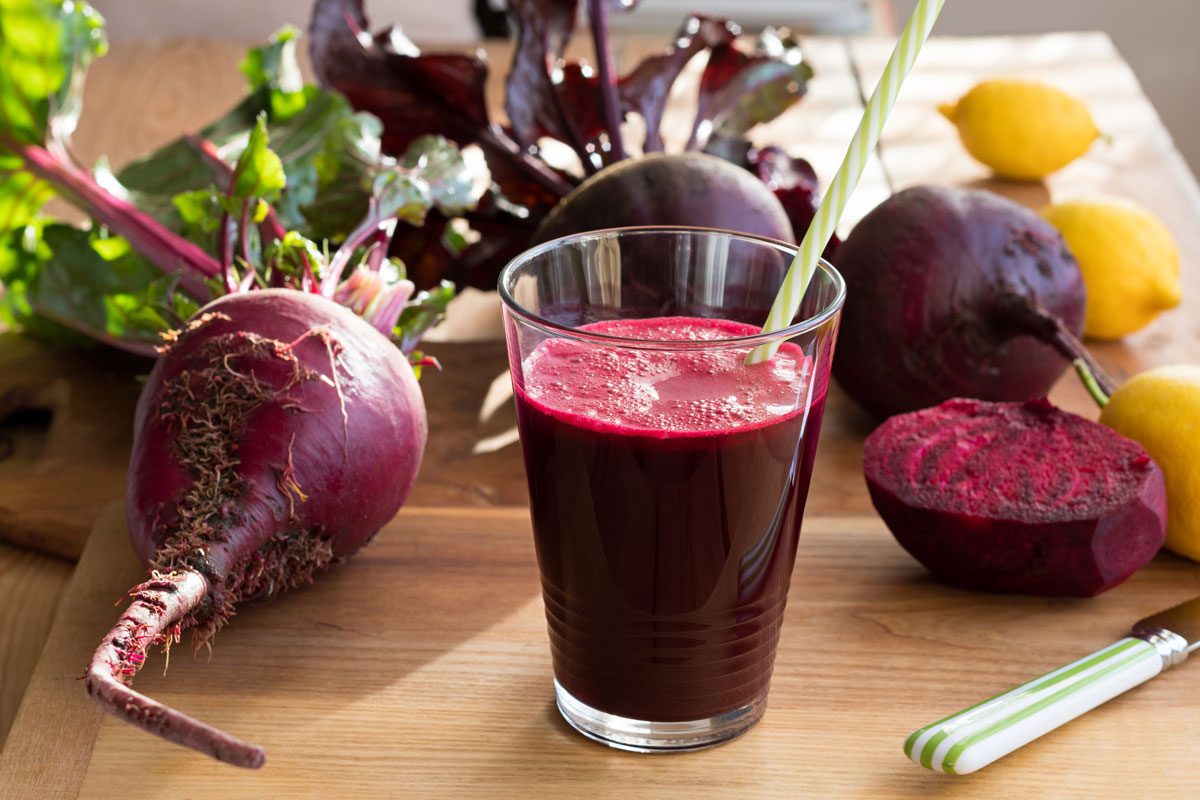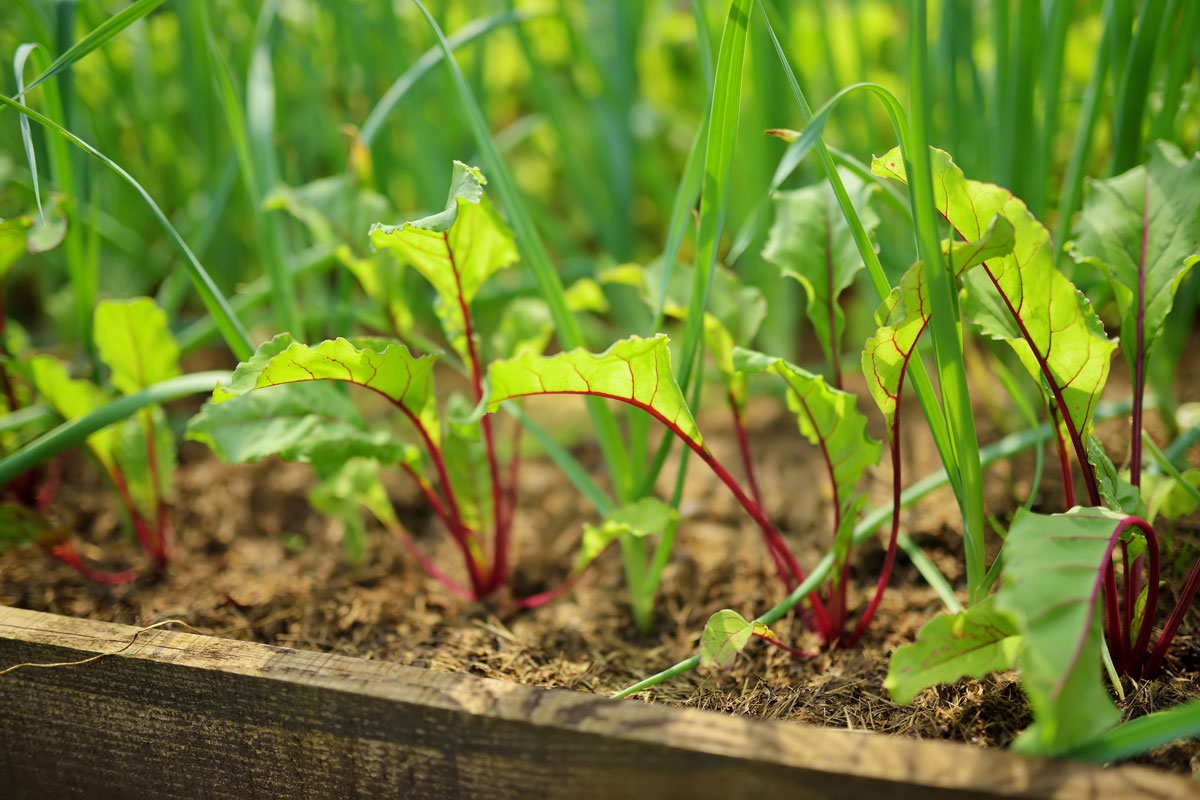When cultivating any crops and plants, you have to follow specific methods, know the growth and planting requirements, and understand the benefits of these techniques. We have researched every aspect you need to know about planting beets so that you can enjoy caring for and growing them.
Each seed produces two to six plants, and they are required to be planted one to two inches apart. Cover them with loose soil, then sprinkle water on the furrow. The crop should have grown in one to two weeks. If you notice overcrowding, you can begin thinning the beets. After this process, the plants should be two to three inches apart.
Beets offer an array of health benefits and nutrients. Growing them involves techniques and processes for proper cultivation. In this article, we aim to inform and guide you in the best possible way you can cultivate this specific crop. If you wish to find out more about beets, continue on reading!

Beets: An Overview
Beets are crops that have a rich history. It was domesticated and cultivated in Mesopotamia or the ancient Middle East. This place is known as the cradle of civilization. They were developed and nurtured by the ancient Egyptians, Greeks, and Romans.
It was used to treat a variety of illnesses, particularly conditions pertaining to blood and digestion. Amidst the 19th century, beetroot juices were poured onto wine to enhance color. Not only that, beet is used in a variety of dishes in Nordic Countries, India, and Eastern Europe.
This crop typically grows and thrives well during the cold seasons or the cool weather of spring and fall, but it has a lesser chance of maturing quickly during the warm or hot season. This reason makes it an excellent choice for areas with frost or near-freezing temperatures.
Beets grow best in full sun. However, they can tolerate the afternoon shade, and they also grow well in fast draining soils. They require sandy soil during spring and thicker alternatives before winter because the former warms quicker than the latter.

What Does Thinning Plants Mean?
Thinning pertains to the practice of harvesting or removing immature plants or seedlings from a row to provide ample space for the remaining crops to flourish and develop without the need to compete for nutrients.
Thinning seedlings is also vital for improving air circulation around that area because crowded plants limit airflow, eventually causing many fungal diseases amongst crops.
It is important to know when to perform this process because if you do it too late, the overdeveloped root system may affect or harm the rest of the seedling when actualizing the method. Ensure that the soil is quite moist by soaking the dry area with water. This makes pulling the plants simpler.
Why Beets Need Thinning
A beet seed is a multigerm consisting of a group of embryos located inside the dried fruit. If you notice, this crop produces two to six plants because you automatically plant several seeds in the same area.
Beets need to be thinned because of that same reason. You can remove the extra seedlings completely or you can simply prune the leaves. The former is not that recommended because it may harm the roots of the remaining seedlings.
Important Considerations When Planting Beets

Certain considerations need to be addressed when cultivating beets. It generally requires a soil temperature of 40 degrees Fahrenheit, which is why it is ideal that this crop is planted in early spring or when the ground is considered a workable area.
For a continuous supply, plant every two to three weeks. It is safe to grow beets during summer, provided that the daytime temperature does not go beyond 75 degrees Fahrenheit.
Remember, beets thrive in well-fertilized soil with a pH level between 6.0 and 7.0. It cannot grow well in acidic soil (below 6.0), but it can tolerate mildly alkaline soil (above 7.0).
Planting Beets
When planting, make a 1/2-inch deep furrow using a hoe or a stick. Place the seeds one to two inches apart, then cover the hole with loose soil. Spray or sprinkle the area with water. If the weather is hot, place a layer of sand or mulch on top of the ridge to protect the seedlings from excess heat.
Growing Beets
Start thinning young seedlings when they are at least four to five inches tall. Do not simply pull the crop because you may unintentionally harm the roots. Prune the leaves or greens. After thinning, the beets should be three to four inches apart.
If it is not raining, water the plants weekly because beets need adequate soil moisture to grow. Remember to weed the area as required. However, you need to be extra careful around the seedlings because the roots are quite sensitive.
Fertilizing Beets
Supplementing the soil with additional fertilizer is not usually necessary, however, if you intend to do it, choose a 10-20-10 fertilizer. If the ground has too much clay soil, you can add compost. Remember to avoid excess nitrogen because it will result in a plethora of greeneries with tiny bulbs underneath the soil.
Harvesting Beets
The beets will be ready for harvest after seven to eight weeks. The top part or the greeneries of young plants can be used for cooking. The roots can also be added if it has already grown largely enough - the size of a golf ball.
Haul or remove the beets and sever their roots. If you intend to use the top part or the roots, wash and place them safely inside plastic bags, and store them in the refrigerator for one or two weeks. Any excess can be reused as compost.
Young beetroots can be harvested when they are about one inch tall or if you want larger roots, you can wait until the seedlings have a height of four or five inches.
Check out Beet Seeds For Home Garden on Amazon.
What Are The Health Benefits Of Beets?

Beets are an excellent choice of plant to cultivate because of their nutrients. They feature high water content, are loaded with vitamins and minerals, contain moderate protein and fiber, and are low in calories. The succeeding text contains the health benefits you can gain from beets:
Helps Lower Blood Pressure
Beets' high nitrate content aids in lowering blood pressure. Your digestive system converts nitrates into nitric oxide. This compound relaxes and widens blood vessels, keeping your blood pressure maneagable.
Slows Dementia
Beet juice has high nitrate content. This chemical compound helps slow the progression of dementia in older people because it increases blood flow in the frontal lobe of the brain. This specific part is responsible for cognitive function and behavior. Although much research is needed, the potential of a high-nitrate diet is quite foreboding.
Maintains Potassium Levels
Beets are the best source of potassium (K). This element regulates normal levels of fluids inside your cells. Low potassium results in muscle degeneration - weakening, cramping, and twitching - sometimes it leads to paralyzation and abnormal heart rhythm. Consuming beet juice lessens the risk of having these conditions, and as such, it helps avoid potassium deficiency.
Improves Stamina

A study had shown that beet juice can actually boost plasma nitrate levels in your body. It optimizes oxygen use by enhancing the performance of the mitochondria which is the powerhouse of the cell.
May Prevent Cancer
Studies show that beets may help prevent cancer. Beets get their rich red color from betalains - water soluble antioxidant, anti-inflammatory, and detoxification agent. This specific element has the capability to prevent or battle some cancer cell lines.
Excellent Source Of Minerals
Beets are an excellent source of iron, magnesium, manganese, sodium, zinc, copper, and selenium. These minerals help boost your immune system and keep your bones and teeth healthy.
Reduces Cholesterol
Beets have phytonutrients - flavonoids - that actually lower cholesterol levels, and increase High-density lipoprotein or “good” cholesterol. This chemical compound consumes cholesterol and takes it back to the liver. The liver will then flush this specific element out of your body.
Keeps Your Liver Healthy
The antioxidant betaine that is present in beets can plausibly prevent or lower fats in your liver that is caused by an unhealthy diet, too much alcohol intake, and exposure to infectious substances. It also protects your liver against toxins.
In Closing

Cultivating beets may require techniques and processes you have to incorporate into your planting, however, these are necessary for keeping your crops healthy. We hope you have found this article helpful in guiding you when growing beets. Happy Planting!
If you enjoyed this post, you might also like to read:

